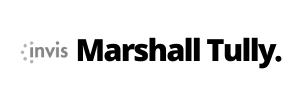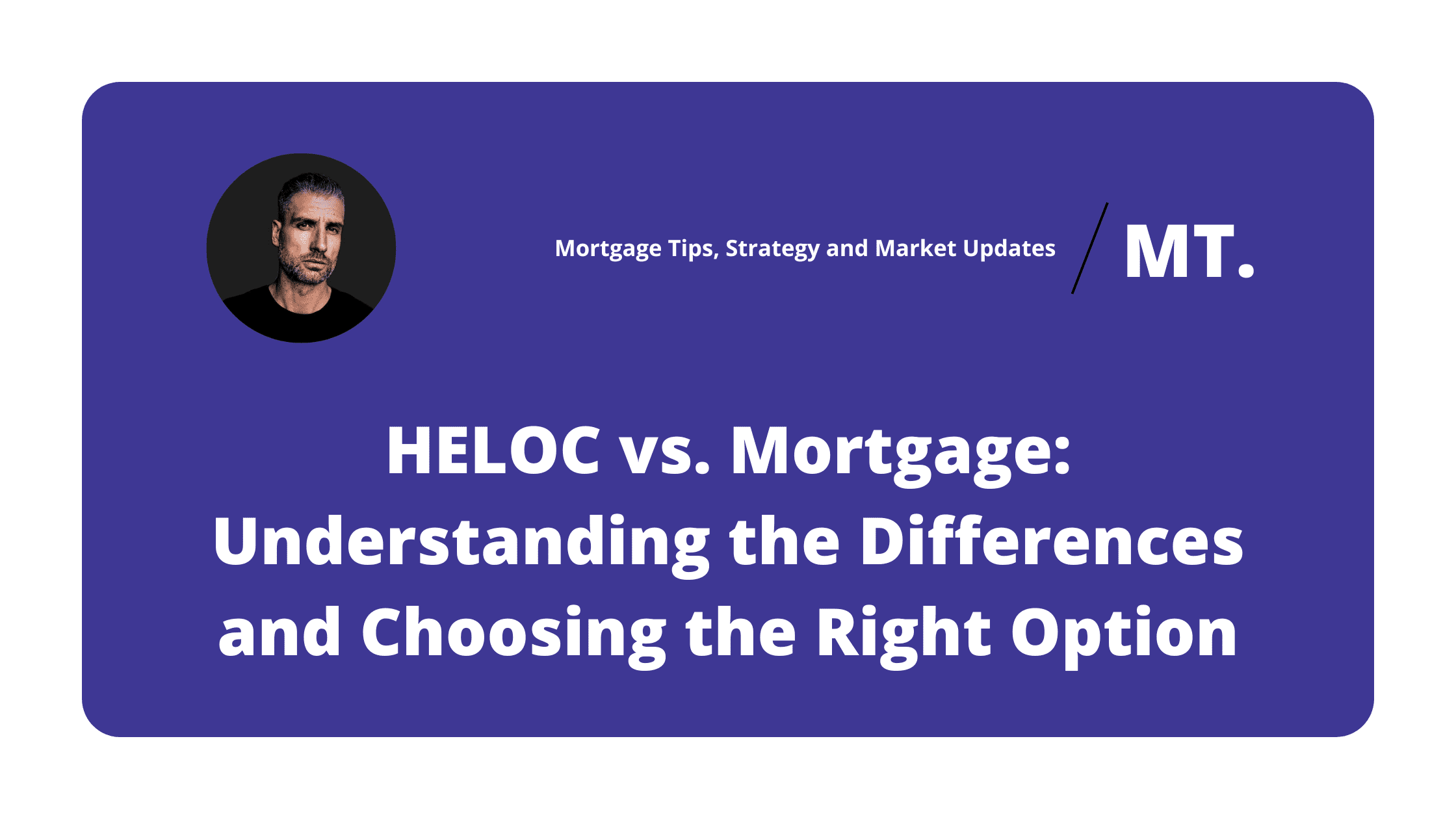Read Time: 3.5 Minutes
HELOC vs. Mortgage:
Understanding the Differences and Choosing the Right Option
When it comes to financing your home, you must understand the differences between a Home Equity Line of Credit (HELOC) and a mortgage.
Both tools are key to borrowing money from your home, but they are very different in their purpose, structure, and use.
In this article, I will show how each works, their pros and cons, and explain how to pick the right one for you.
Now, let’s dive in.
What Is a Mortgage?
A mortgage is the main loan that homeowners will use to buy property.
It requires monthly payments that include both repaying the loan and interest.
The lender places a lien on the property until the loan is paid, to protect their interest.
Mortgages have fixed or variable interest rates.
They offer a predictable path to full ownership, a timeline known as the amortization period.
The amortization period can vary but is generally set over 15 to 30 years.
With a mortgage, homeowners know their financial obligations, which lets them budget for a fixed monthly expense.
There are limits to how much you can repay each year above your monthly payments.
Exceeding these limits can lead to prepayment penalties.
Despite this, a mortgage remains the most accessible and conventional path to homeownership.
Mortgages are best when you immediately need the money, and you plan to pay it back over a long time.
What Is a HELOC?
A Home Equity Line of Credit (HELOC) is a revolving line of credit secured by their property.
This credit is accessible up to a pre-approved limit, and lets homeowners draw from the line as needed, like using a credit card.
Borrowers only pay interest on the amount they use, providing a flexible and cheap financing solution.
HELOCs often have variable interest rates, so payments can change based on the market.
As a result, homeowners should watch for interest rate increases, as these will affect their payments.
HELOCs are repaid in installments or all at once.
Borrowers will sometimes roll the balance of a HELOC into a mortgage.
Sometimes, your mortgage and HELOC are linked as a single product. In this case, the limit on a HELOC can grow as the mortgage balance is paid down.
HELOCs are typically best used when the need for funds isn’t immediate, or the amount needed isn’t clear.
A HELOC will allow you to borrow what is needed, at the time it’s needed, and only pay interest starting at that point.
Comparing a HELOC vs. a Mortgage
Purpose:
Mortgages serve as the primary means of financing a home purchase.
HELOCs are meant to help homeowners leverage the equity they have for other needs.
These needs could include investing, home renovations, debt consolidation, and education.
Structure:
A mortgage is a loan repaid over an agreed period with fixed or adjustable interest rates.
In contrast, a HELOC allows Borrowers to draw funds up to a pre-approved limit and pay interest only on the amount used.
Interest Rates:
Mortgages can have fixed or variable interest rates, and rates tend to be lower than HELOC rates.
Fixed-rate mortgages offer consistency, while Variable-rate mortgages adjust based on market conditions.
HELOCs have variable interest rates, and they tend to be higher than those on mortgages.
Payment Structure:
Mortgage payments are loan repayment and interest, so they reduce the balance and build equity over time.
HELOC payments are different, as they are typically interest-only. Paying back the loan is usually done in installments or lump sums.
Prepayment Penalties:
Mortgages often have prepayment penalties for exceeding annual payment limits, discouraging early repayment.
However, HELOCs can usually be repaid at any time without penalty. This gives homeowners more financial flexibility.
Accessibility:
A mortgage would have to be refinanced to borrow more money.
This requires approval, processing (about 30 days), and fees (about $2000+).
A HELOC grants you access to borrow the funds at any time once setup. There are no fees, waiting periods, or re-approval required.
Choosing the Right Option
When deciding between a HELOC and a mortgage, consider the following factors:
Financial Needs:
Are you purchasing a home or seeking to fund a specific project, like a home renovation?
If you are buying a home, a mortgage is the right solution.
But, if you have over 20% down you may want to consider adding a HELOC along with it too.
If the expense amount and timeline of the need are unknown, a HELOC may be better.
Interest Rate Environment:
If rates are expected to rise, a low fixed mortgage rate may be better than a variable-rate HELOC.
Especially if you don’t plan to repay the funds anytime soon.
Flexibility:
A HELOC provides a flexible option, as you can borrow only as needed.
Mortgages have a more rigid payment structure but provide stable, long-term financing.
Long-Term Plans:
Consider your future financial goals.
Mortgages are ideal for long-term stability in homeownership.
In contrast, HELOCs are good for those seeking short-term financing. They allow this without the need of refinancing your primary mortgage.
Whether you’re buying your first home or using your existing equity for flexible financing, you must make an informed choice.
Choosing between a HELOC and a mortgage requires careful thought.
You need to understand your financial needs, long-term goals, and the special benefits of each product.
Overview
Subscribe to begin.
Join 7.5k+ subscribers and get tips, strategies and market updates every other Thursday morning.







